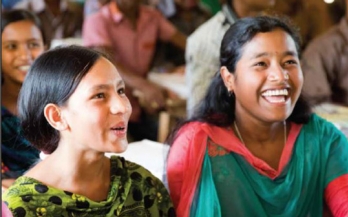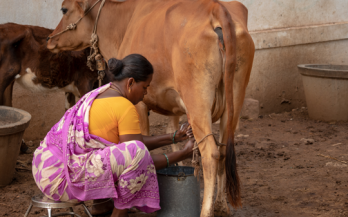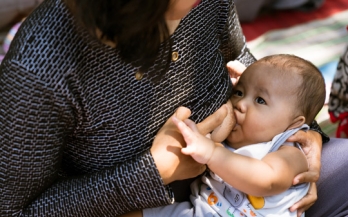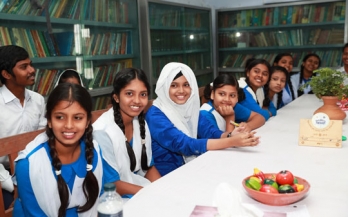Bangladesh’s ambitions for middle-income status require the energy and creativity of the next generation. Investments in the nutrition of adolescents will enable this potential by realizing the demographic dividend.
GAIN seeks to understand and tackle barriers faced by small enterprises working to boost availability, affordability, desirability, and convenience of nutritious foods like milk, especially for people on low-incomes and population sub-groups who stand to benefit from greater consumption of nutrient-dense foods, such as children.
As conveners of the Global Consultation on Food Systems for Children and Adolescents and this Special Issue, UNICEF and GAIN are confident that the evidence presented in this Special Issue will be useful for food system reorientations in support of improved diet quality among children and adolescents.
Although eggs are highly nutritious, they remain scarce and relatively expensive in many low-income settings, including across many of the countries where GAIN operates. Moreover, they are only rarely consumed by children in many regions. Globally, the average egg supply is around 3.5 eggs per person per week.
Eggs are a widely available and affordable source of protein, vitamins, and minerals that support growth and development, yet they are not frequently fed to children in Kaduna. The ‘Eggs Make Kids’ campaign was launched by GAIN on World Egg Day in October 2019. Using commercial marketing techniques and insights into consumer behaviour, it aims to create demand for eggs as a nutritious food for children aged six months to five years.
Experts estimate that in low- and middle-income countries, optimal breastfeeding has the potential to prevent more than 800,000 deaths in children under age 5 and 20,000 deaths in women every year. Despite this, breastfeeding remains underexploited globally. While the progress seen is positive, there is still a long way to go to achieve global nutrition targets.
Malnutrition during adolescence can have lifelong consequences. Adolescents undergo rapid biological and socioemotional changes and set lifelong dietary and related habits. Gender norms can leave girls disproportionately impacted by food insecurity, but many adolescent boys are malnourished as well. Adolescent girls are at risk of dropping out of school, marrying, and becoming pregnant - all of which can harm their nutrition and health as well as that of their offspring.
The period 10-19 years of age is one of accelerated growth both physically and psychosocially. Boys and girls during this rapid growth phase have increased nutritional requirements of both macronutrients (carbohydrate, protein, and fat) and micronutrients. This is due to rapid physical growth and the onset of menses in girls and accelerated muscle and bone mass development in boys.
While the first 1,000 days remains a critical period of nutritional need, adolescence the period from 10-19 years of age is characterised by rapid biological and psychosocial growth and development. Up to 45% of skeletal growth takes place and 15 to 25% of adult height is achieved during adolescence.
GAIN works on supply and demand, as well as on changing incentives, rules and regulations to encourage production and consumption of nutritious and safe foods. We seek to understand and tackle barriers faced by small enterprises working to boost availability, affordability, desirability, and convenience of nutritious foods like eggs, especially for people on low-incomes.










